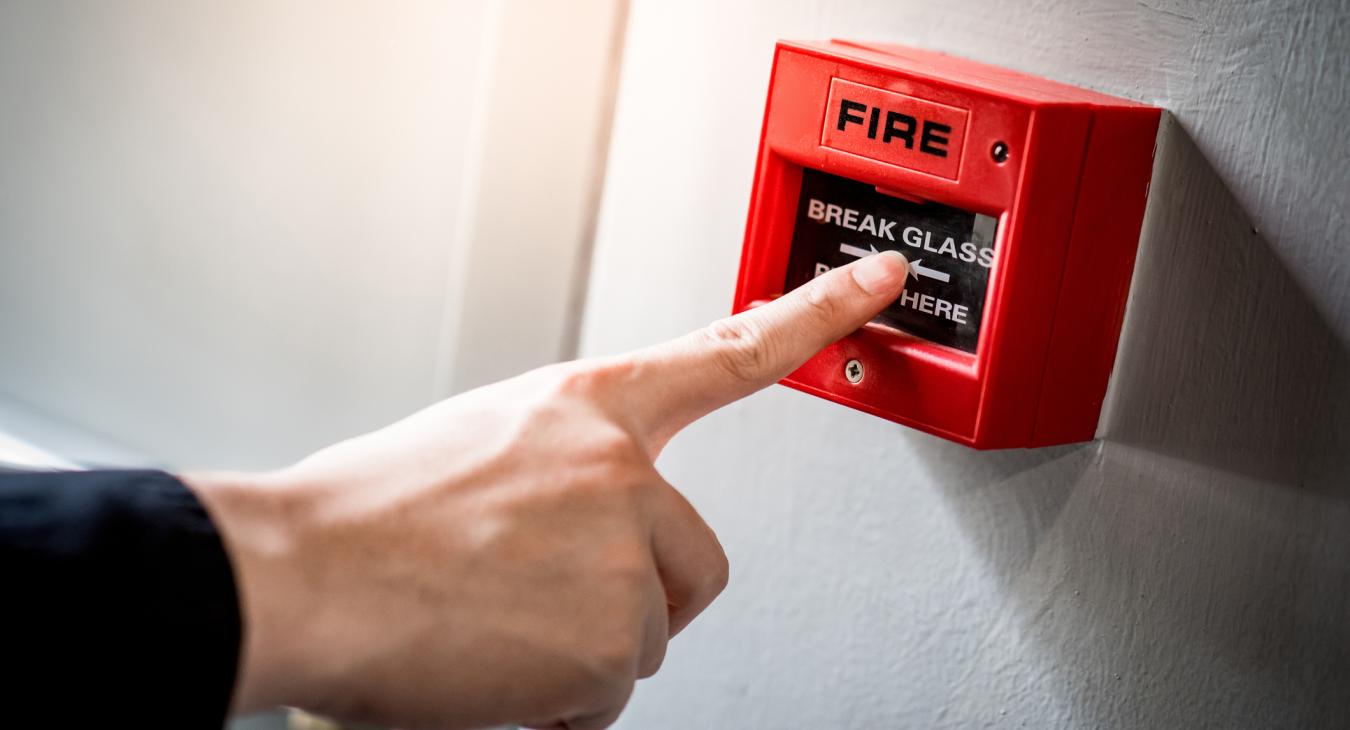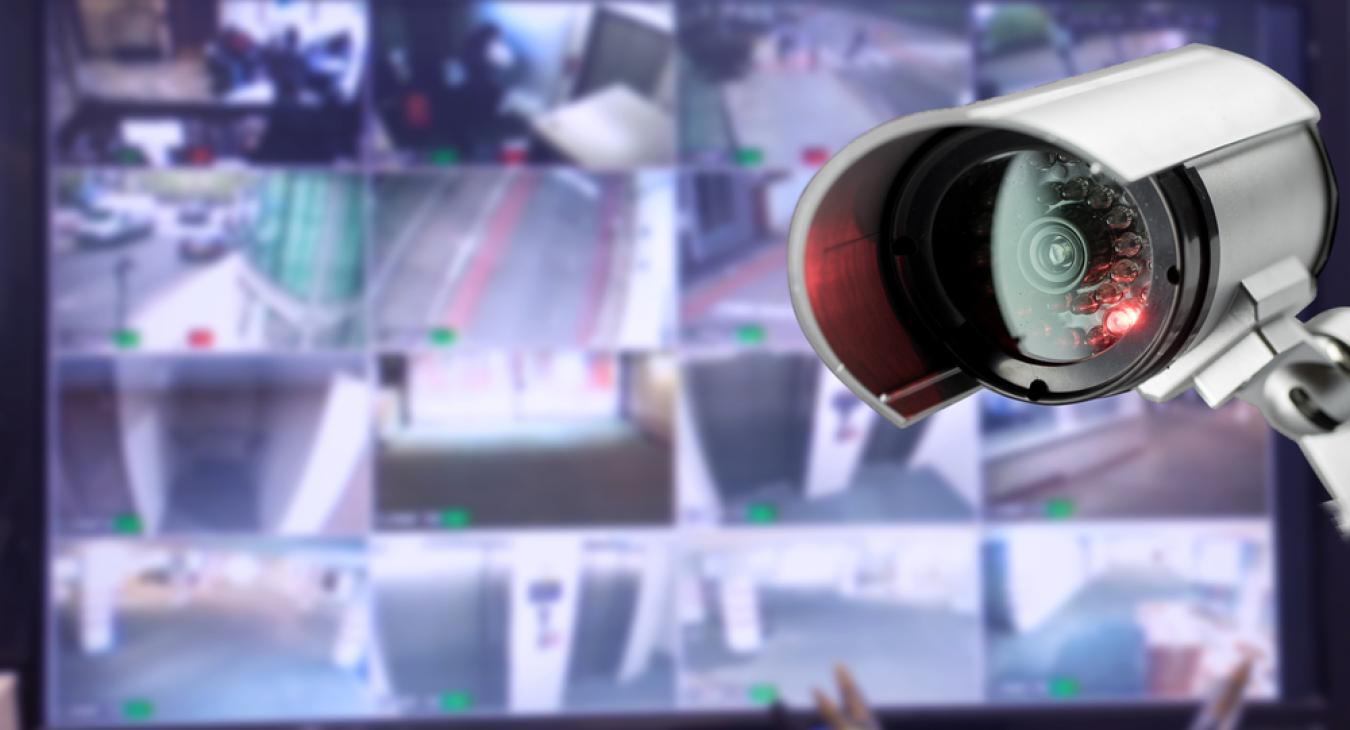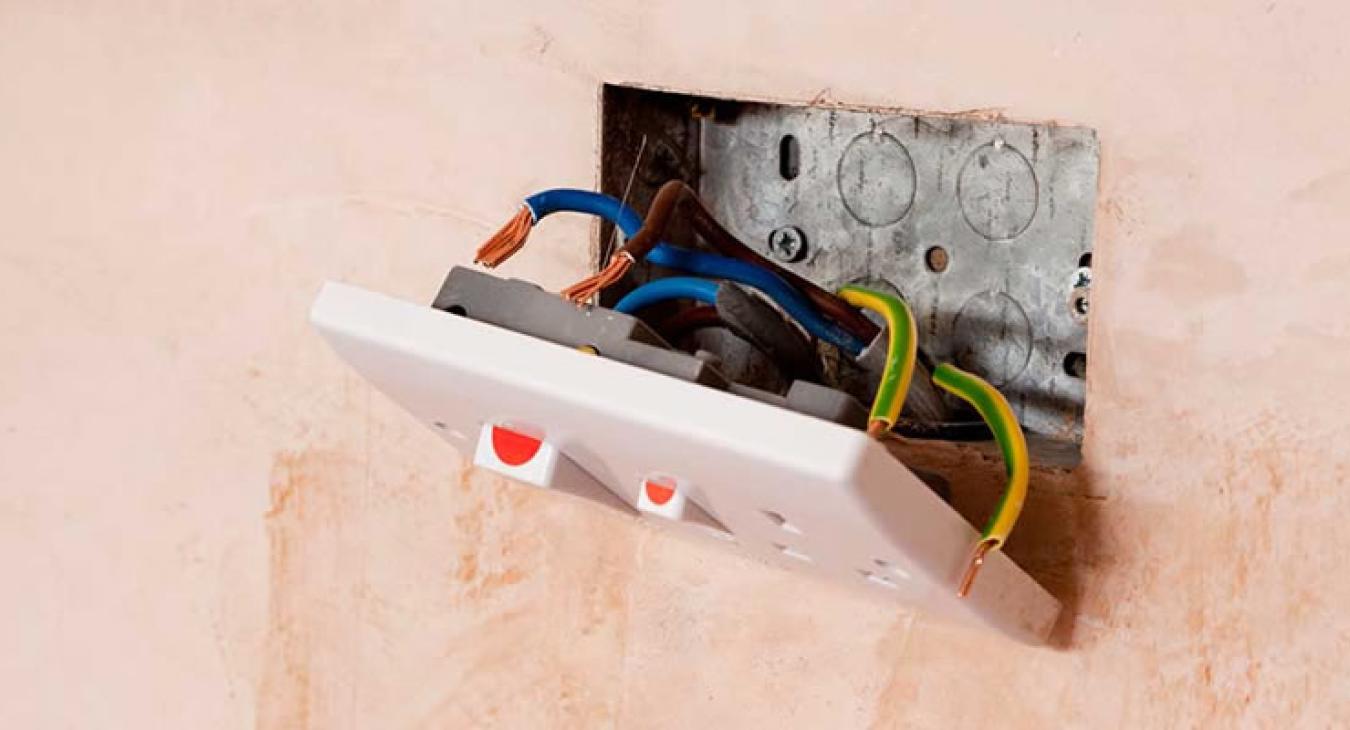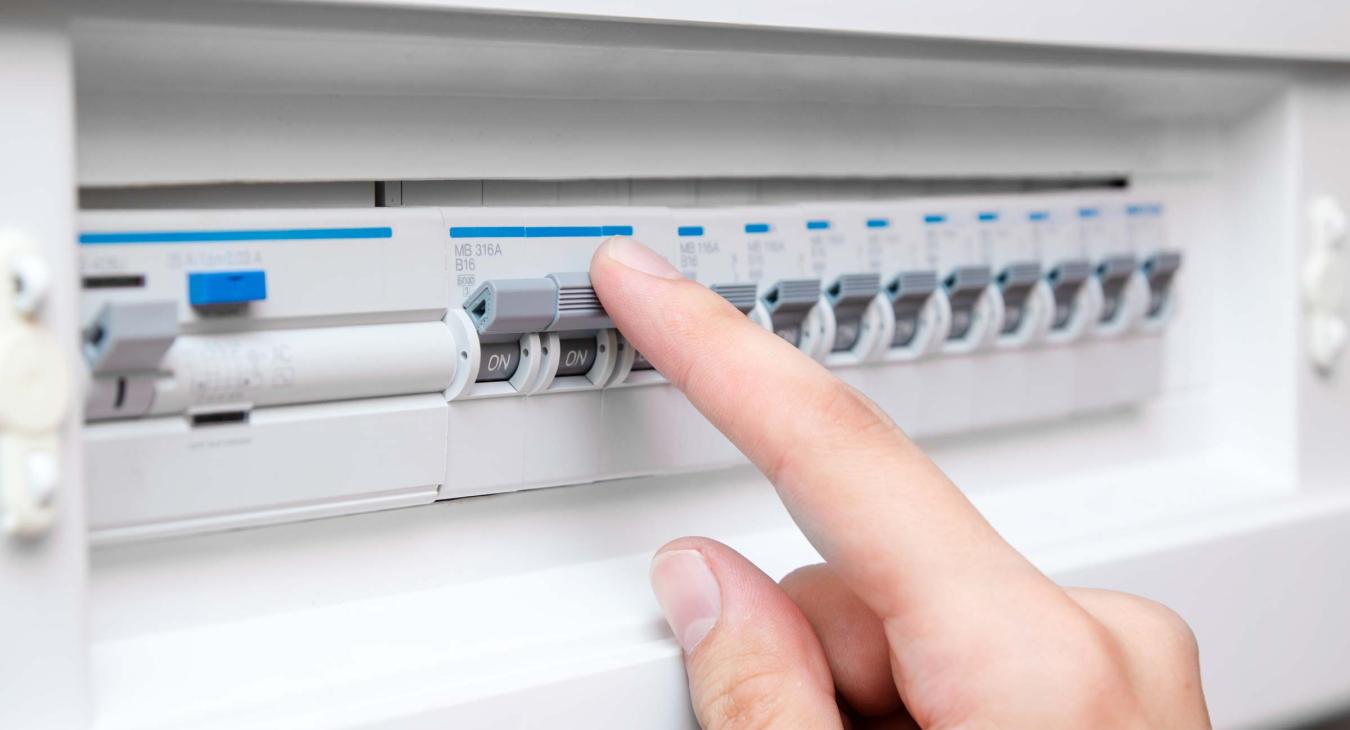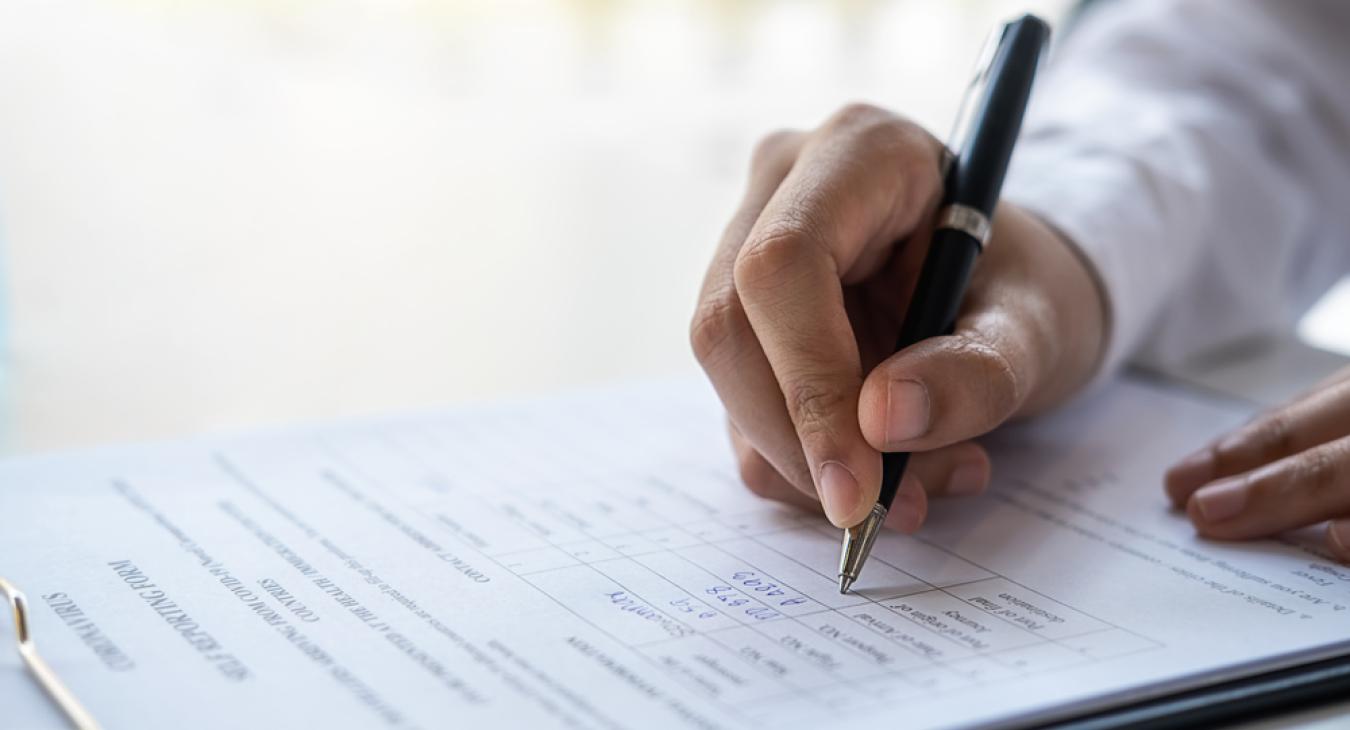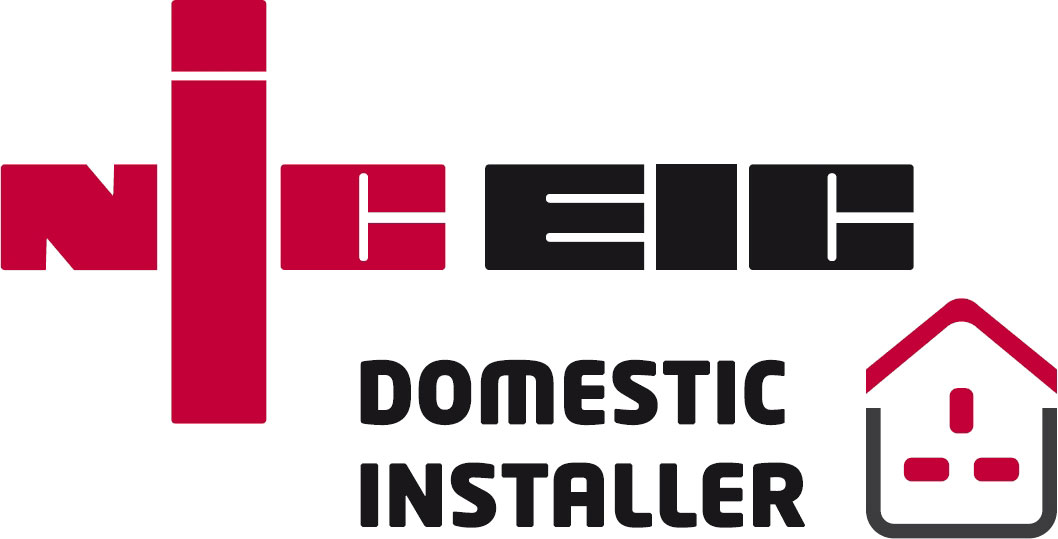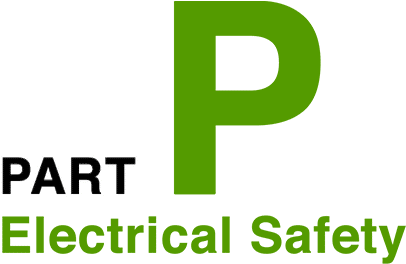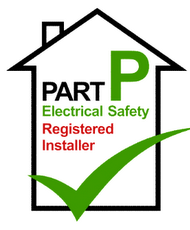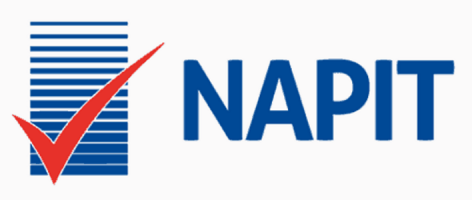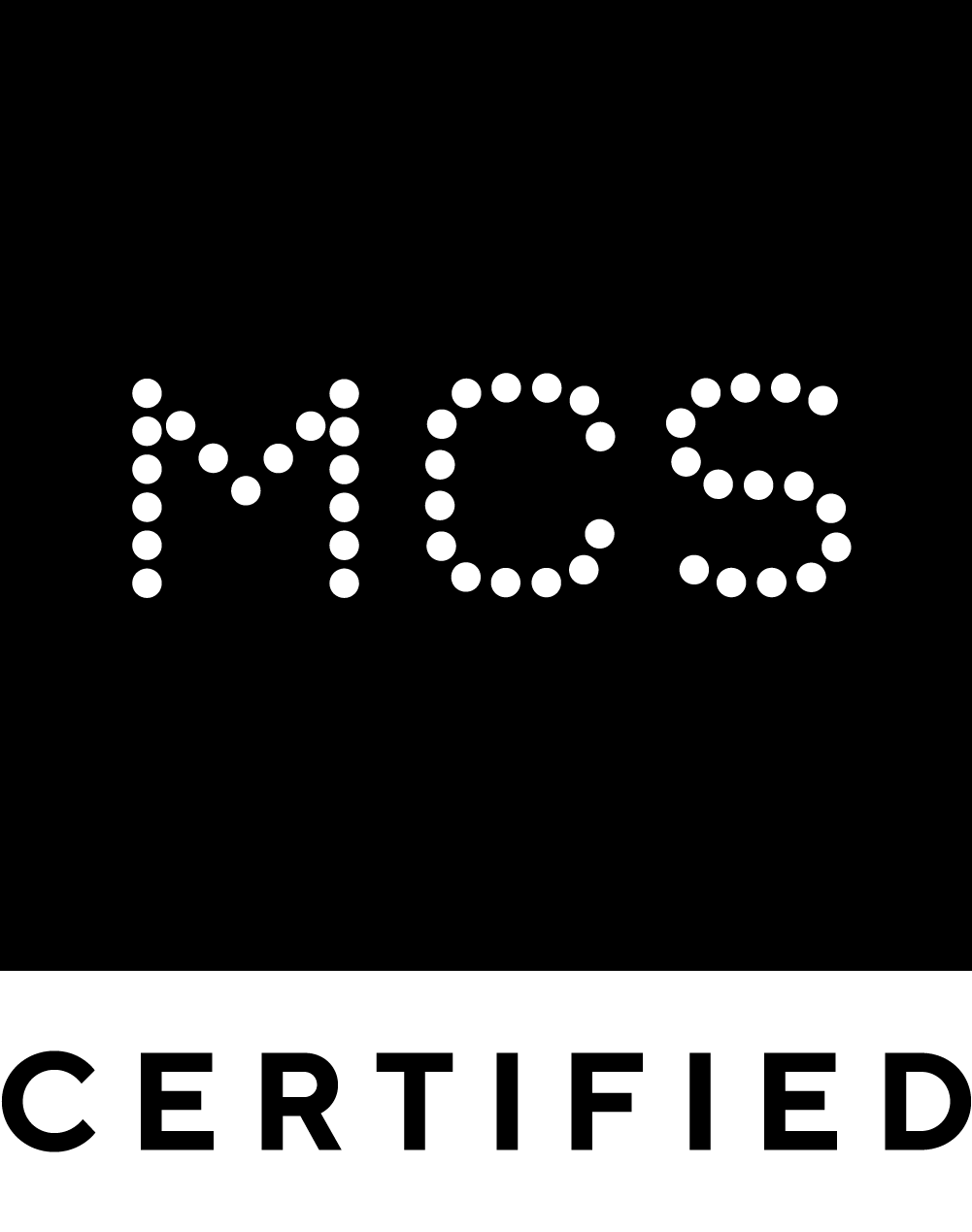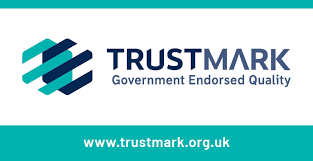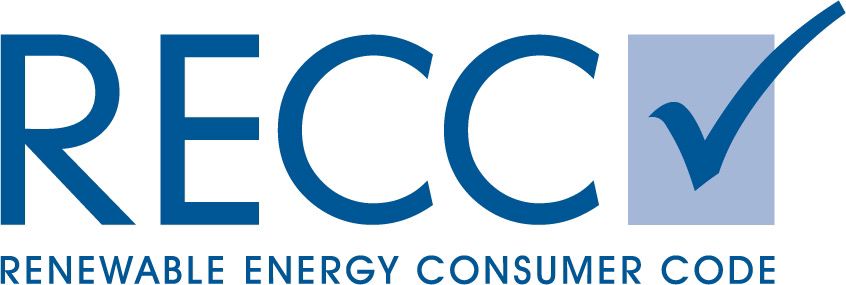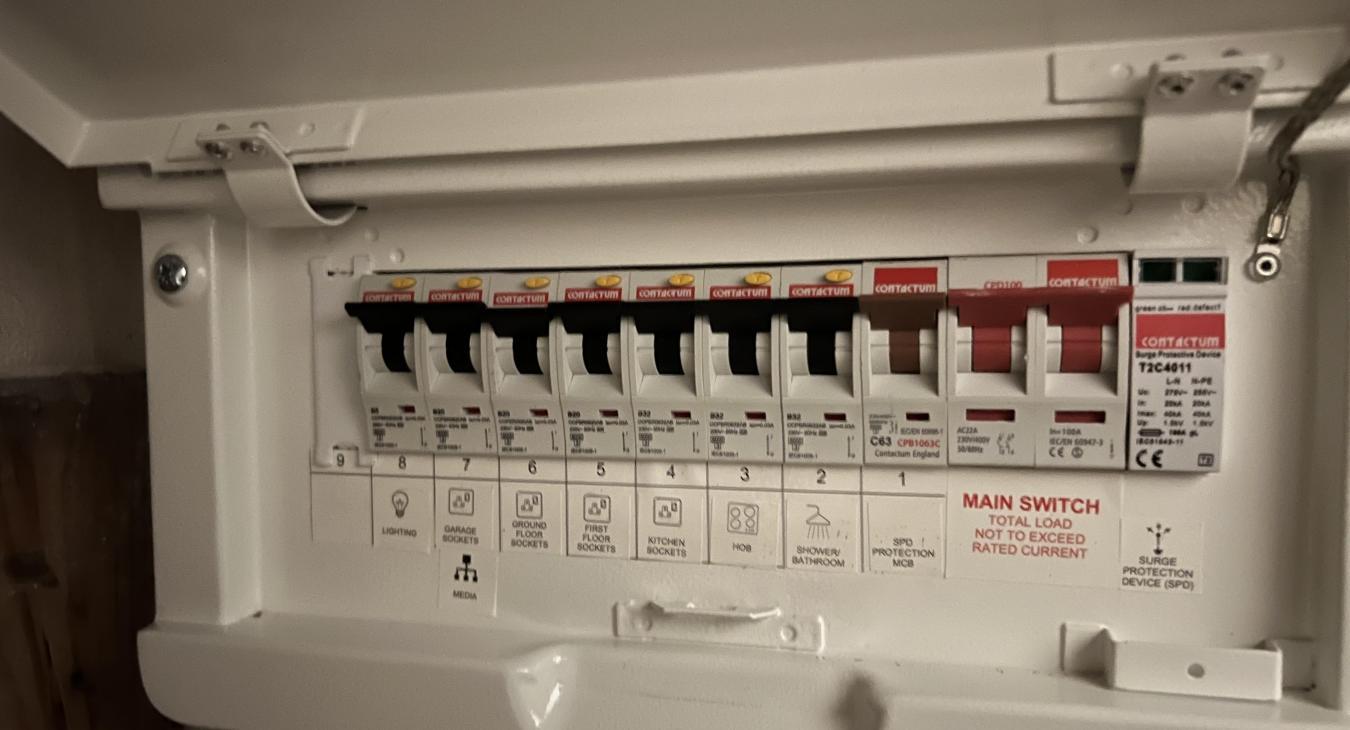
Recently we have replaced a few mains boards and carried out home rewires in numerous properties in Thornton-cleveleys. We thought it would be ideal to remind our customers on the importance of checking your home for potential outdated and dangerous wiring. It is difficult to actually check for faulty wiring however there are signs that indicate that there is a problem and a electrician needs to be contacted.
We rely on electricity to power our daily lives. However, faulty wiring can pose a serious safety hazard, potentially leading to electrical shock or even fires. So, it’s important to regularly check for bad wiring in your home in Thornton-cleveleys.
1. Look for warning signs: Keep an eye out for warning signs that indicate bad wiring, such as flickering or dimming lights, hot sockets or switches, frequent blown fuses or tripped circuit breakers, or a burning smell.
2. Check sockets and switches: Check all the sockets and switches in your home for signs of damage, such as cracks or discoloration, ensure that they are securely fastened to the wall.
3. Inspect your mains board: Your mains board is the heart of your home’s electrical system. Inspect it for any signs of damage, rust, or corrosion, and ensure that all breakers are labeled correctly.
4. Hire a fully insured electrician: If you’re unsure about the state of your home’s wiring or if you’ve identified any warning signs. As qualified electricians, West Coast Electrical can identify any potential issues and provide expert guidance on how to resolve them.
5. Regular maintenance: To keep your Thornton-Cleveleys home’s electrical system in good working order, it’s important to schedule regular maintenance. This can include replacing old wiring or upgrading your mains board to meet current safety standards.
By following these simple steps, you can ensure that your home’s electrical system is safe and reliable. If you suspect that you have bad wiring in your home, don’t wait to take action. Contact us at West Coast Electrical immediately to prevent potential safety hazards.

